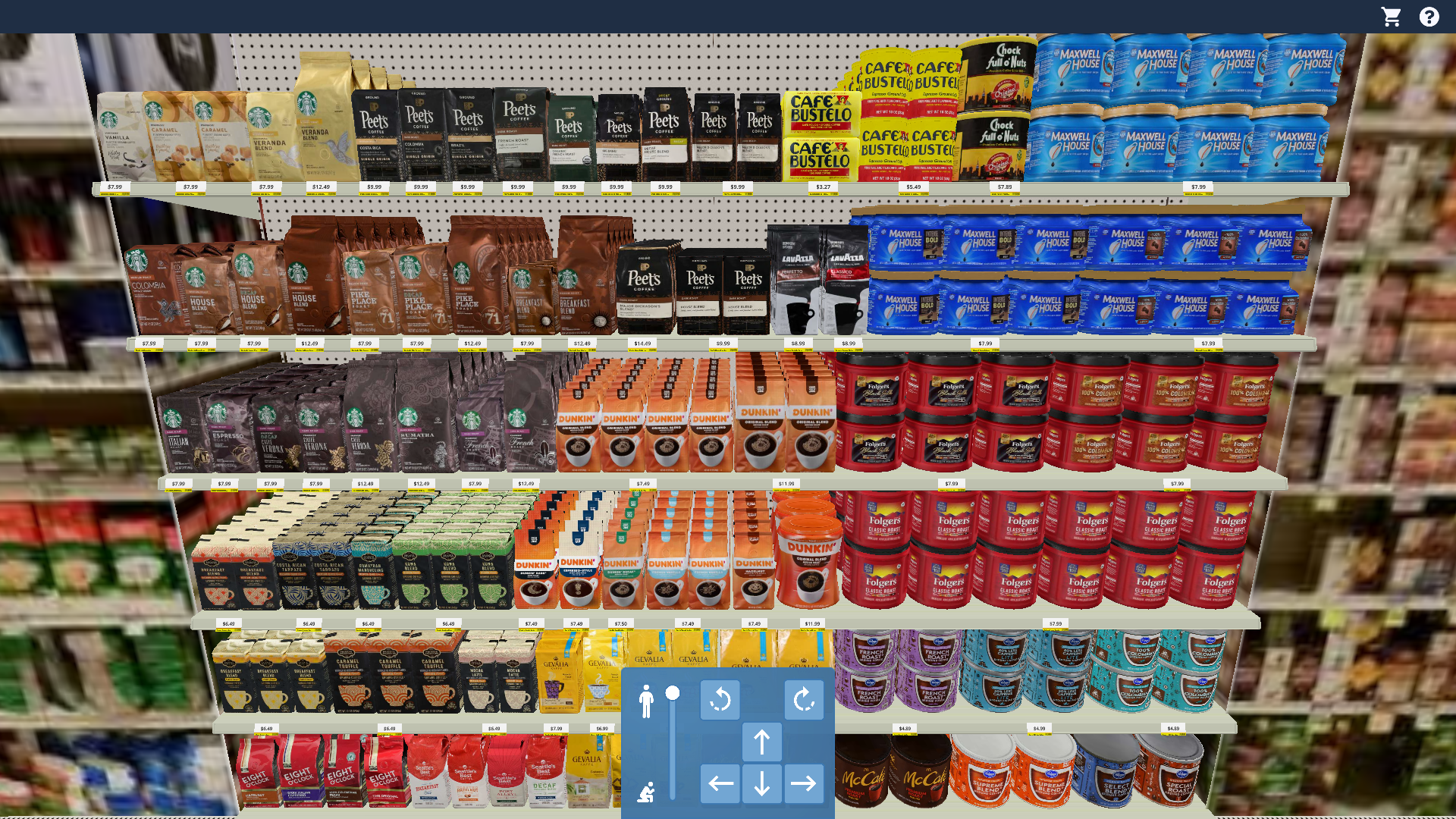Despite the increasing trend of private labelconsumer products on the shelf, the influx of direct-to-consumer options, and thetensioncreated by price increases, retailers and brands still need each other. Whilethese trends may have certainly shaken up the traditional relationship model, peoplestill want to shop stores, and they want variety—which means brands andretailers will be most successful if they get along.
Collaboration can be tricky. We all remember the dread we felt when presented with group projects in college—how can you trust that someone else’s work will be up to par and that they will pull their weight? The same is true for retailers and manufacturers, whose products line their shelves. Both have similar goals, but working together to achieve those goals can sometimes be a struggle. As a manufacturer, you want to increase sales for your brand, while demonstrating category leadership. As a retailer, you want to house brands that are going to increase your overall sales.
That’s when it pays to doyour homework.
Whichever side of theaisle you fall on, it helps to be armed with data when deciding how to arrange,sort, and display products on the shelves. Retailers want to collaborate withbrands who can show them, in numbers, how it will impact shopper behavior.
Discover how 3D virtual simulations can help brands gain retailer buy-in.
Let’s say a retailer decides to do a category reset. The manufacturer partner wants to reset the aisle in a way that would optimize both product sales and shopper satisfaction surrounding their product—as well as category sales as a whole. It might be easy to rely on past metrics to make an educated (at best) guess on what course of action makes the most sense and recommend that to the retailer. But smart brands understand that thorough testing on different concepts is the best way to sell a new idea, and build retailer trust.
Testing with 3D virtual store simulations creates that same experience, but without the long time commitments and uncontrolled variables. In one case, a real-life retailer and manufacturer were able to test the impact of two different shelf concepts on real shoppers to get an accurate read before taking anything to market. It allowed the retailer to gain deep insights into how the recommendation would perform, led to a faster go-to-market process, and created trust and confidence between the teams.
When it comes to the retailer-brand relationship, the ability to supply data-backed insights can make all the difference.




